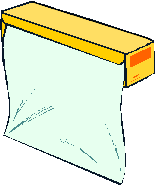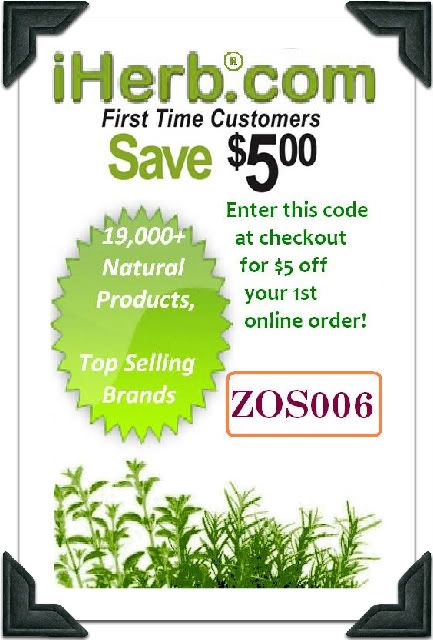 It's amazing how many of our everyday items are made from plastic. Unfortunately, many of the plastic items that we use are unstable and made of toxic substances. Research has shown that these substances are being absorbed into the human cells.
It's amazing how many of our everyday items are made from plastic. Unfortunately, many of the plastic items that we use are unstable and made of toxic substances. Research has shown that these substances are being absorbed into the human cells.The following news report is dated December 22, 2007.
BY DELTHIA RICKS | delthia.ricks@newsday.com
November 9, 2007
Compounds used in a vast array of everyday products that range from plastic microwaveable containers, toys and medical devices were found in the blood and urine of participants in a nationwide monitoring program sponsored by a coalition of environmental health groups.
Even though there were only 35 volunteers, and the research did not rise to the level usually required of scientists who report findings in peer-reviewed journals, results were strikingly similar to those in a much larger, ongoing study overseen by the Centers for Disease Control and Prevention. Results from the project were released in Albany, as well as in several other states where groups sponsored the study.
Participants, who ranged from 12 years old to people in their 50s, volunteered from around the country. All were found to have evidence of the substances in their bodies.
The upshot of the analysis was to find whether compounds known as bisphenol-A, polybrominated diphenyl ethers -- PBDEs -- and phthalates (pronounced: THA-lates) are permanently in the tissues and blood of children, teens and adults.
Additionally, we expose ourselves to xenoestrogens which are present in many of the ingredients used to manufacture plastics:
Xenoestrogenic material leaches out of polycarbonate plastics, often used in food and cosmetic packaging - even tin cans thinly lined with polycarbonate plastic leak estrogen into their contents.
Xenoestrogens are estrogens that are not found in nature. They are synthetic, man-made substances that mimic natural estrogen. This fools the body into trying to use them as it would naturally occurring estrogen. Since xenoestrogens are NOT true estrogens, the human system has difficulty processing and dispensing with these pretenders. This in turn affects vital biological functions. This leads to a buildup of the hormonal chemicals, creating hormonal imbalances.
It is believed by many in the natural health field that this is just ONE part of the puzzle as to why young girls are showing early onset puberty. Xenoestrogens also contribute to hormonal imbalances in men and women. Hormonal imbalances have a domino effect that can lead to a multitude of symptoms ranging from sexual or reproductive issues to issues such as cancer and/or heart disease.
Scientists in Germany have found that PET plastics -- the kind used to make water bottles, among many other common products -- may also harbor hormone-disrupting chemicals that leach into the water.
It's too soon to say whether drinking out of PET plastic bottles is harmful to human health, said lead researcher Martin Wagner, an ecotoxicologist at Goethe University in Frankfurt. But it now appears possible that some as-yet unidentified chemicals in these plastics have the potential to interfere with estrogen and other reproductive hormones, just as the infamous plasticizers BPA and phthalates do.
http://dsc.discovery.com/news/2009/04/28/water-bottles-health-print.html

I'm thinking that if I like my man acting like a MAN, my boys remaining BOYS and I don't want any hormonally challenged females running around, I need to toss the plastic bottles.

Many additives used to make plastic more durable and elastic are known to have endocrine-disrupting effects in laboratory tests, and the average developed-world body is suffused with these so-called xenohormone residues. Research suggests that the consequences, though not fully understood, are real: fetal xenohormone exposures have been linked to reduced virility in boys and he early onset of puberty in girls. The effects may even linger in subsequent generations.
from food-packaging plastics in addition to other already-established sources, including polluted air, personal care products and food additives. The latest findings, published recently in Environmental Science and Pollution Research, suggest that packaging is at least partly responsible.
http://www.wired.com/wiredscience/2009/03/plastichormone/
 Steve Meyerowitz is the author of a book called Water, The Ultimate Cure (November, 2000, ISBN-10: 1878736205). He recommends glass for food and beverage storage containers. When this isn't possible, the author recommends you investigate the plastics you are using. Look at the bottom of the plastic container for a triangle made out of arrows. Inside that triangle is a number. What follows is a chart showing those codes, what they represent and how those materials are used.
Steve Meyerowitz is the author of a book called Water, The Ultimate Cure (November, 2000, ISBN-10: 1878736205). He recommends glass for food and beverage storage containers. When this isn't possible, the author recommends you investigate the plastics you are using. Look at the bottom of the plastic container for a triangle made out of arrows. Inside that triangle is a number. What follows is a chart showing those codes, what they represent and how those materials are used.Some source information from: http://www.earthodyssey.com/symbols.html
BUT WHAT IF YOU REALLY NEED A PLASTIC THING-A-MA-BOB?
There IS a way to make your own bio plastic. If a proper mold can be fashioned, this method could be used to repair many favorite items in the home.
You will need:
* Non stick pan
* Stove Top or Hot Plate
* 1 Tbsp powdered starch (tapioca, corn, potato)Spatula wooden spoon
* 4 Tbsp cold water
* 1 tsp glycerine
* 1 tsp distilled white vinegar
* silicone pad or aluminum foil
Make your own bioplastic
Coming soon: How to make your own starch.











































0 comments :
Post a Comment